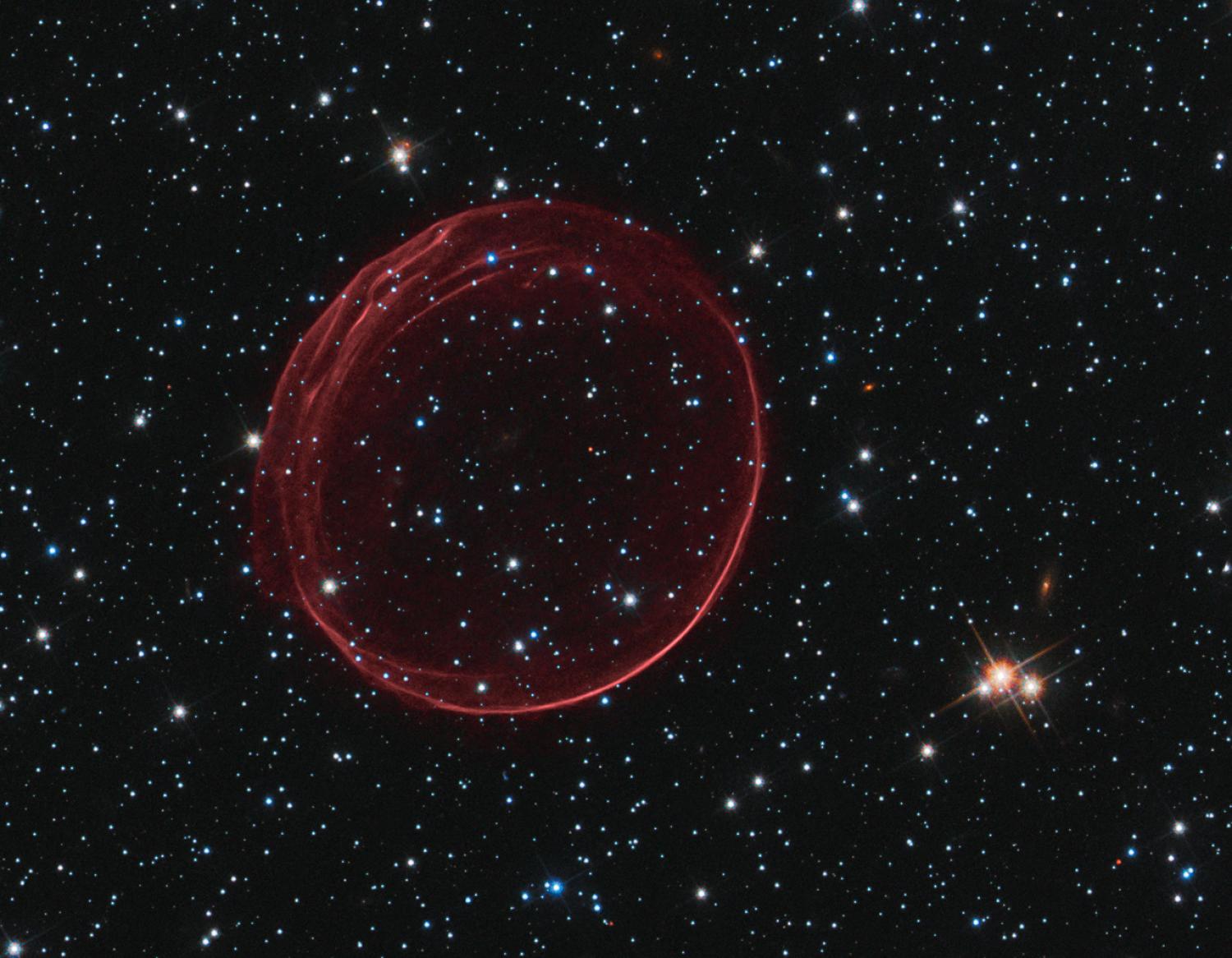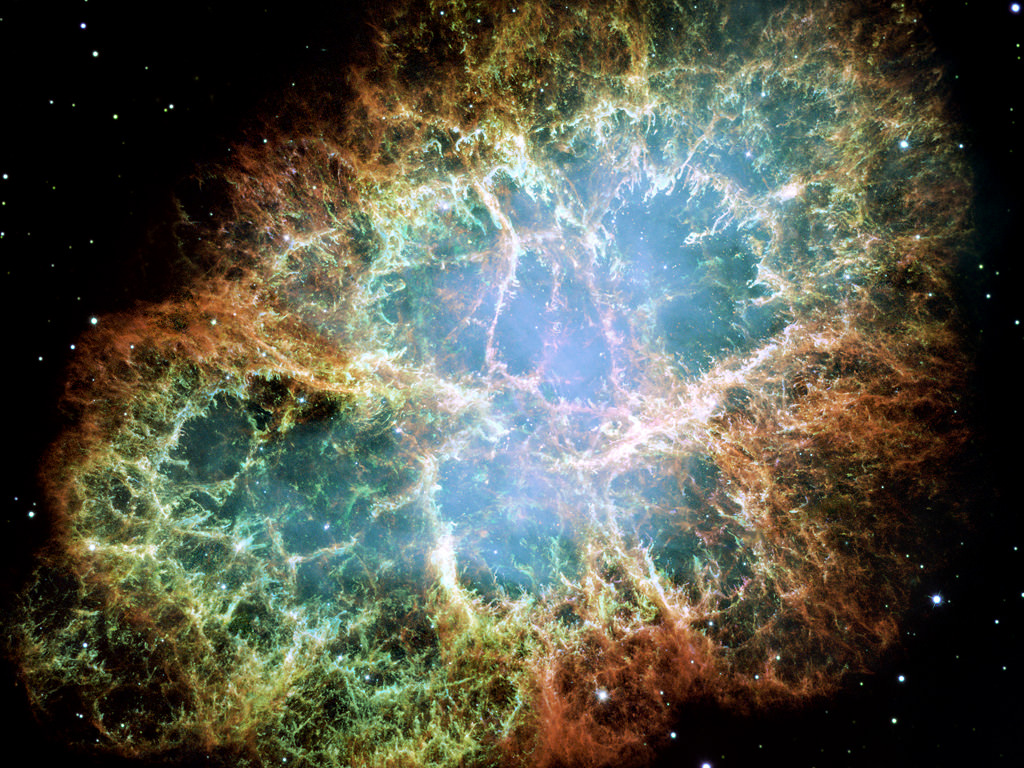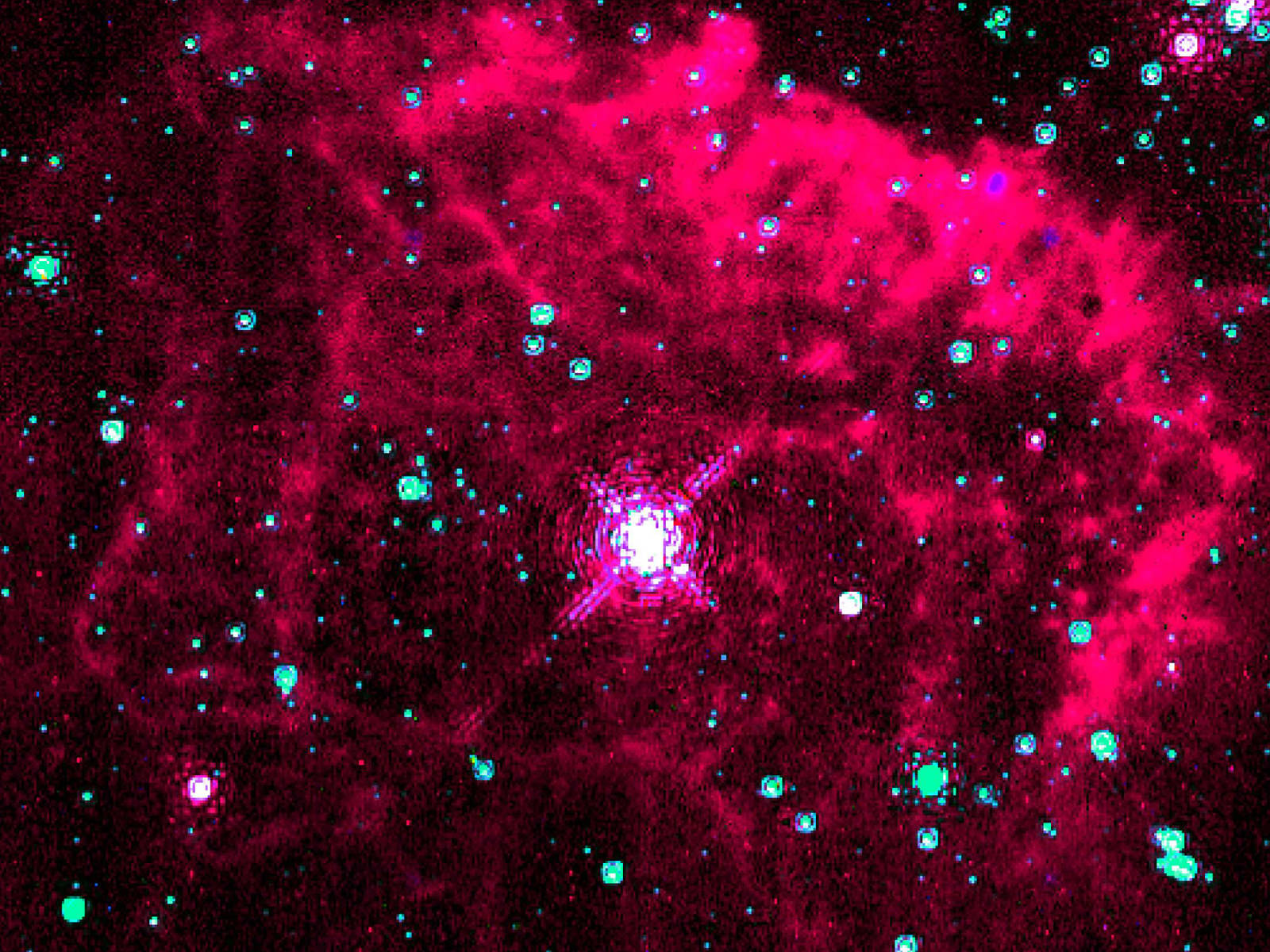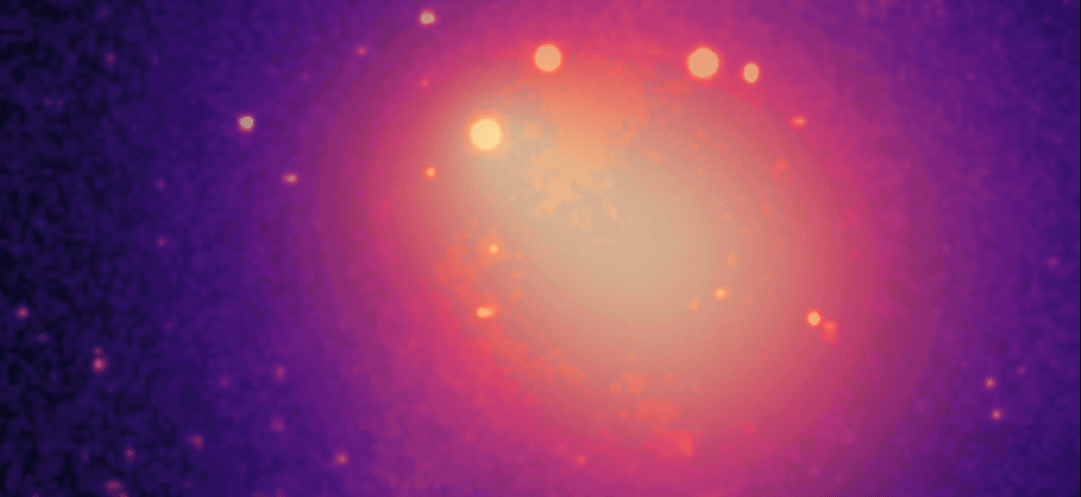For years astronomers have puzzled over a strange excess of gamma rays coming from the galactic center. Annihilating dark matter has always been a tantalizing explanation, and new research claims that it’s the best answer.
Continue reading “Is Dark Matter Responsible for Extra Gamma Rays Coming From the Center of the Milky Way?”A new way to see Inside Neutron Stars
Imagine trying to study an object light-years away that is less than 20 kilometers in diameter. The object is so dense that it’s made of material that can’t exist naturally on Earth. This is the challenge astronomers face when studying neutron stars, so they have to devise ingenious ways to do it. Recently a team figured out how to study them by using the power of resonance.
Continue reading “A new way to see Inside Neutron Stars”Past Supernovae Could be Written Into Tree Rings

When stars reach the end of their lifespan, they undergo gravitational collapse at their cores. The type of explosion that results is one of the most awesome astronomical events imaginable and (on rare occasions) can even be seen with the naked eye. The last time this occurred was in 1604 when a Type Ia supernova took place over 20,000 light-years away – commonly-known as Kepler’s Supernova (aka. SN1604)
Given the massive amounts of radiation they release, past supernovae are believed to have played a role in the evolution of our planet and terrestrial life. According to new research by CU Boulder geoscientist Robert Brakenridge, these same supernovae may have left traces in our planet’s biology and geology. These findings could have implications given fears that Betelgeuse might be on the verge of going supernova.
Continue reading “Past Supernovae Could be Written Into Tree Rings”The Destruction of Dark Matter isn’t Causing Extra Radiation at the Core of the Milky Way

There are times when it feels like dark matter is just toying with us. Just as we gather evidence that hints at one of its properties, new evidence suggests otherwise. So it is with a recent work looking at how dark matter might behave in the center of our galaxy.
Continue reading “The Destruction of Dark Matter isn’t Causing Extra Radiation at the Core of the Milky Way”New Simulation Shows Exactly What Dark Matter Would Look Like If We Could See It
How do you study something invisible? This is a challenge that faces astronomers who study dark matter. Although dark matter comprises 85% of all matter in the universe, it doesn’t interact with light. It can only be seen through the gravitational influence it has on light and other matter. To make matters worse, efforts to directly detect dark matter on Earth have been unsuccessful so far.
Continue reading “New Simulation Shows Exactly What Dark Matter Would Look Like If We Could See It”Gamma-Ray Telescopes Can Measure the Diameters of Other Stars

In astronomy, the sharpness of your image depends upon the size of your telescope. When Galileo and others began to view the heavens with telescopes centuries ago, it changed our understanding of the cosmos. Objects such as planets, seen as points of light with the naked eye, could now be seen as orbs with surface features. But even under these early telescopes, stars still appeared as a point of light. While Galileo could see Jupiter or Saturn’s size, he had no way to know the size of a star.
Continue reading “Gamma-Ray Telescopes Can Measure the Diameters of Other Stars”Quasars are the Biggest Particle Accelerators in the Universe

We puny humans think we can accelerate particles? Look how proud we are of the Large Hadron Collider. But any particle accelerator we build will pale in comparison to Quasars, nature’s champion accelerators.
Those things are beasts.
Read moreWhy Pulsars Are So Bright

When pulsars were first discovered in 1967, their rhythmic radio-wave pulsations were a mystery. Some thought their radio beams must be of extraterrestrial origin.
We’ve learned a lot since then. We know that pulsars are magnetized, rotating neutrons stars. We know that they rotate very rapidly, with their magnetic poles sending sweeping beams of radio waves out into space. And if they’re aimed the right way, we can “see” them as pulses of radio waves, even though the radio waves are steady. They’re kind of like lighthouses.
But the exact mechanism that creates all of that electromagnetic radiation has remained a mystery.
Continue reading “Why Pulsars Are So Bright”Gamma Rays Detected Coming From the Crab Nebula

Most people with any interest in astronomy know about the Crab Nebula. It’s a supernova remnant in the constellation Taurus, and its image is all over the place. Google “Hubble images” and it’s right there with other crowd favorites, like the Pillars of Creation.
The Crab Nebula is one of the most-studied objects in astronomy. It’s the brightest source of gamma rays in the sky, and that fact is being used to establish the function of a new telescope called the Schwarschild-Couder Telescope.
Continue reading “Gamma Rays Detected Coming From the Crab Nebula”Halo Around a Pulsar could Explain Why We See Antimatter Coming from Space
Astronomers have been watching a nearby pulsar with a strange halo around it. That pulsar might answer a question that’s puzzled astronomers for some time. The pulsar is named Geminga, and it’s one of the nearest pulsars to Earth, about 800 light years away in the constellation Gemini. Not only is it close to Earth, but Geminga is also very bright in gamma rays.
Continue reading “Halo Around a Pulsar could Explain Why We See Antimatter Coming from Space”



